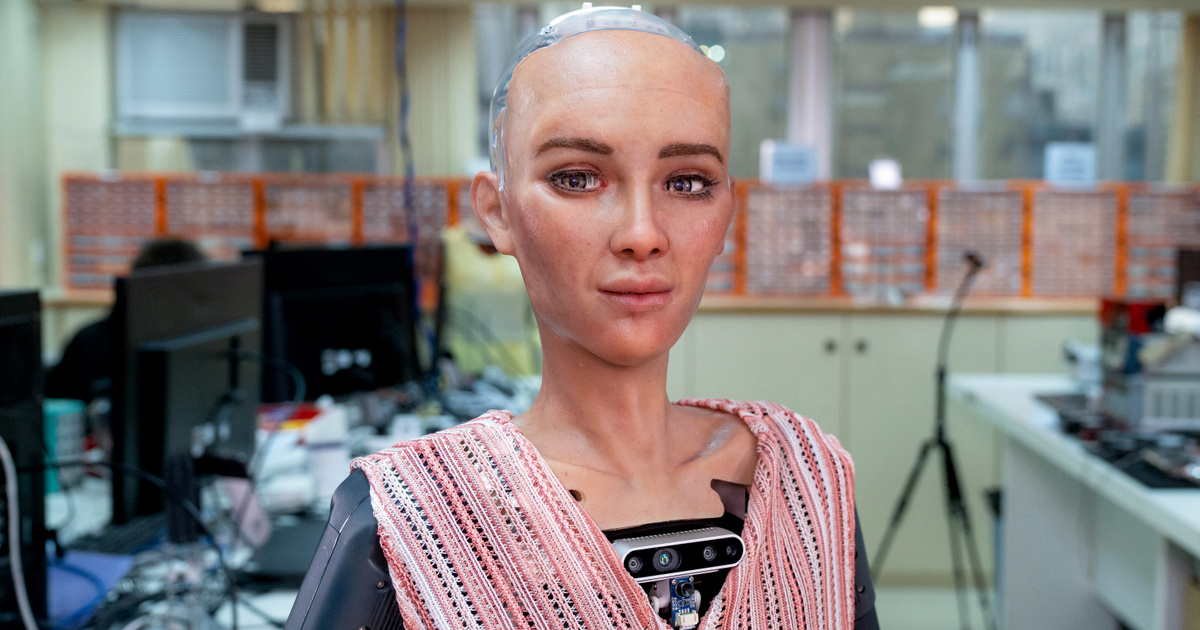New technologies are traditionally used by men more than women in the initial period. According to a 2020 YouGov survey, women make up less than 40 percent of users of new technologies. If adoption of generative artificial intelligence (GenAI) follows a similar trend, there is a risk that gender disparity will increase in the technology sector, where women currently represent less than 30 percent of middle and senior managers globally.
“Women Leaders Paving the Way in GenAI” by BCG research However, it can be said that women accept the use of GenAI-based applications at least as much or even more than men.
Generative AI is a type of artificial intelligence that can create or produce new content, such as images, music, or text, using various algorithms and machine learning models.
The difference according to position and age is large
The survey found that 68% of women in the technology sector use GenAI tools at work several times a week, compared to 66% of men. Furthermore, women in senior positions who work in technical fields (engineering, IT, customer service, sales and marketing) are 14 percentage points ahead of their male counterparts in using GenAI.
Compared to men, women in senior positions are equally or even more aware of the potential positive impact of GenAI on work, but this is less likely to happen for young women.
Meanwhile, senior managers working in non-technical fields are 2 percentage points behind, and women working in lower positions are 5 to 12 percentage points behind men doing similar work in using GenAI. “Among older women working in non-technical fields, a lack of self-confidence in their ability to handle new technology is why they are falling behind,” said Maria Palinkas, a partner at Boston Consulting Group.
For young women working in technical positions, the gap is 7 percentage points, which could exacerbate gender inequality that already exists in many tech companies. “According to BCG, the lag may be because young women have less access than young men to company networks and discussions where GenAI strategy is developed, and are less involved in initial GenAI programs,” Maria Palinkas added. .
Older women reported equal or higher ability to take risks in technical and non-technical jobs compared to men and younger female colleagues, and the reason for this, according to the analysis, can be found in the development of the life course. After the older women overcame many obstacles to reach their current position, they gained the ability to take the risks necessary to succeed. In contrast, young women in technical roles often feel less free to experiment, especially in emerging technologies, because they have less experience and authority.
Reducing the gender gap is possible
GenAI offers a unique opportunity to close the gender gap, but it also requires proactive action by companies and the women they employ.
“In addition to position, the woman’s age, role in the company and life experience are also factors that companies should pay attention to when adopting and using GenAI,” Maria Palinkas said.
According to Boston Consulting Group, companies that are ready to use GenAI can also use this new tool to reduce the gender gap. Leadership and change management support, targeted training programmes, strong design and responsible AI guidelines, and proactive career management can help.













































